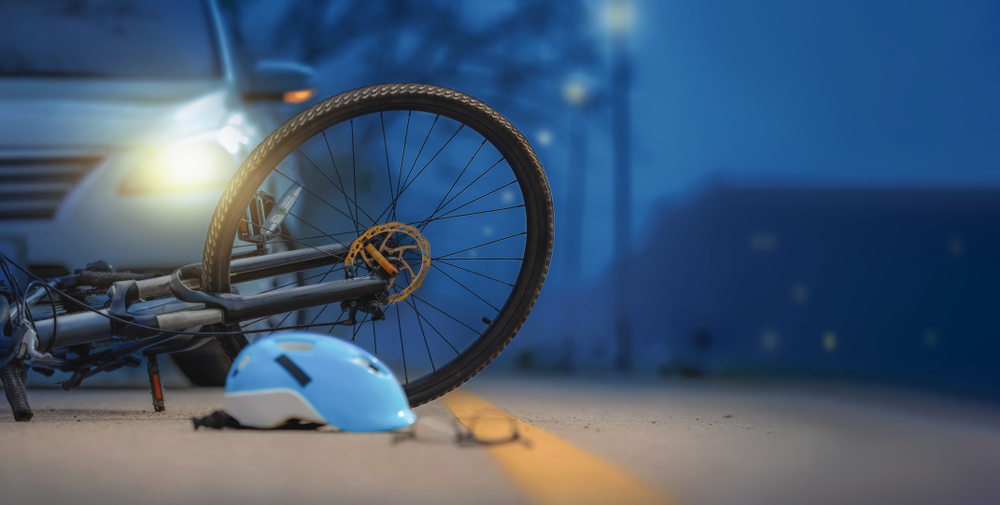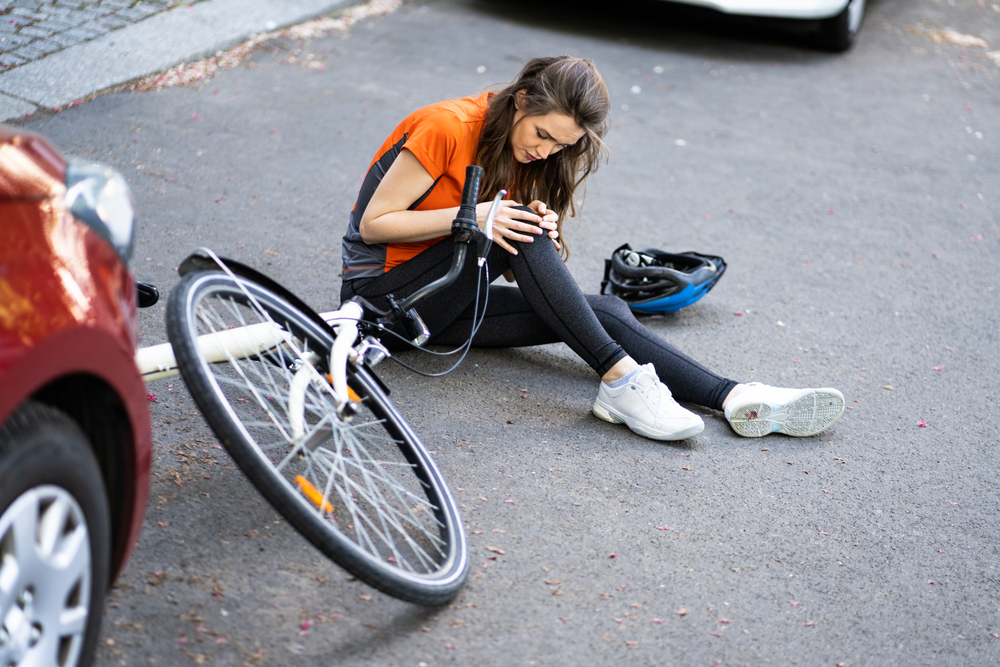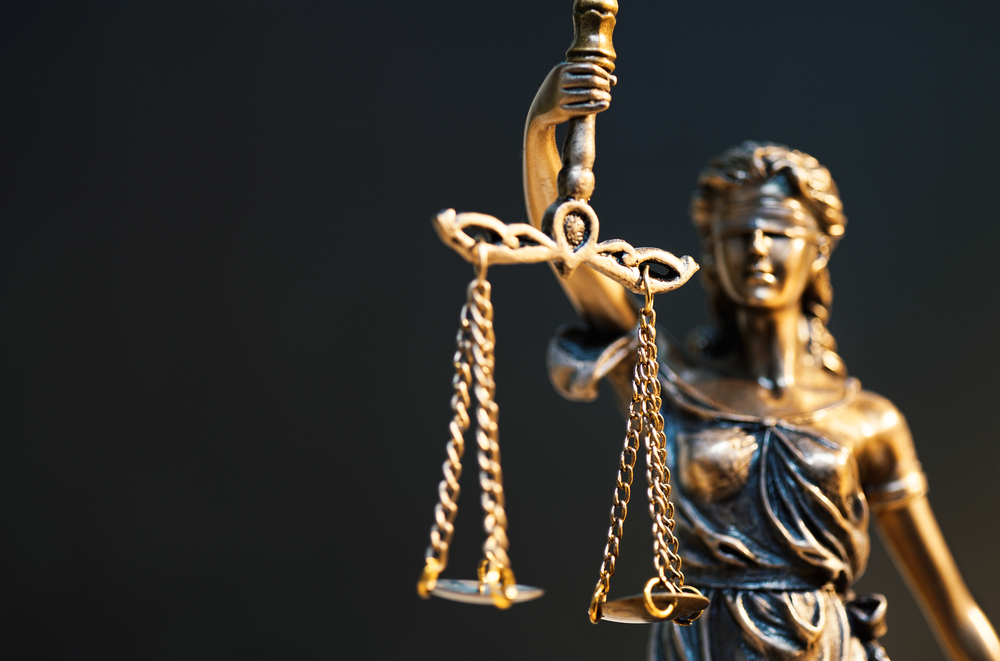How to Prove a Driver’s Negligence in a Bicycle Accident

Written by Molly A. Ullrich

Proving a driver’s negligence in a bicycle accident relies on establishing that the driver breached their duty of care and directly caused your injuries or damages. You need clear evidence showing the driver acted carelessly or failed to follow traffic laws, such as distracted driving, speeding, or running a red light.
Collecting solid proof is crucial, including accident reports, witness statements, photos, and any surveillance footage. Understanding how to gather and present this information increases your chances of holding the driver responsible.
Understanding Driver Negligence in Bicycle Accidents
Definition and Legal Parameters
Negligence means a driver did not exercise the reasonable care expected on the road. Legally, you must prove the driver owed a duty to you as a cyclist, breached that duty, and the breach caused your injuries. The duty includes obeying traffic laws, staying alert, and sharing the road safely with bicycles.
You can rely on state-specific laws and traffic regulations to establish this duty. The breach is often shown by proving the driver didn’t act as a competent driver would under similar circumstances. Causation links the breach directly to the accident and your resulting damages, which can be physical, emotional, or financial.
Common Examples of Driver Negligence
Common negligent acts include distracted driving, speeding, and failing to yield. Drivers may also ignore bike lanes, make improper turns, or open car doors without checking for nearby cyclists. These actions violate traffic rules designed to protect cyclists.
Other frequent behaviors involve running red lights or stop signs and following bicyclists too closely. Each example demonstrates a failure to anticipate the presence and rights of cyclists, making the driver liable in a collision involving a bike.
Key Steps to Prove Driver Negligence
Collecting Evidence
Start by securing physical evidence immediately after the accident. Take clear photos of vehicle damage, bicycle condition, skid marks, and any visible injuries. Collect witness contact information and record their statements while details are fresh.
Request a copy of the police report, which often contains crucial facts and official observations. Medical records showing your injuries can link the accident to your harm. If available, retrieve traffic camera footage or nearby surveillance video that captured the incident.
Documentation should be detailed and organized. Dates, times, and descriptions help build a timeline of events, proving the driver’s failure to exercise reasonable care.
Importance of Accident Scene Details
Focus closely on the environment where the crash occurred. Note road conditions, weather, signage, and traffic signals that might have impacted visibility or driver behavior. For example, faded stop signs or poor lighting can indicate factors influencing negligence.
Mark the exact point of impact and measure distances between vehicles, bicycle, and any obstacles. Understanding positioning helps show whether the driver violated traffic laws, such as speeding or illegal turns.
Document any distractions visible at the scene, like mobile phones or passengers. These details contribute to proving the driver’s inattentiveness or recklessness during the accident.
Supporting Your Claim: Evidence and Expert Insight
Role of Witness Testimonies
Witnesses can provide objective accounts of the accident. You should collect their names and contact details immediately after the crash to ensure their statements can be used later.
Focus on getting detailed descriptions of the driver’s behavior, such as speeding, distracted driving, or failing to yield. Witnesses can also confirm environmental conditions like road visibility or traffic signals.
Written or recorded statements from impartial observers enhance credibility. They can strengthen your narrative and counteract the driver’s defense.
Documenting Injuries and Damages
Accurately recording your injuries and property damage is vital. Take photos of your bike and any visible injuries as soon as possible after the accident.
Medical reports and bills serve as official proof of your physical harm. Keep all documentation of treatment, prescriptions, and rehabilitation.
Consulting Traffic Experts for Insightful Reports
Traffic experts analyze accident mechanics and can clarify factors contributing to the collision. Your attorney should consider hiring an engineer or accident reconstruction specialist. These experts examine skid marks, vehicle damage patterns, and traffic laws to determine whether the driver violated safe driving practices. Their written reports can reveal key evidence like vehicle speed or failure to observe signs.
Expert testimony can carry significant weight in court or negotiations by translating technical details into understandable facts. You should ensure reports are thorough, unbiased, and supported by data to solidify your position.
Legal Representation and Navigating the Claims Process
How Smith & Weidinger PLLC Can Assist
Smith & Weidinger PLLC offers specialized experience in bicycle accident cases, focusing on proving driver negligence. We handle evidence collection, eyewitness interviews, and expert consultations to build a strong case for you.
We also manage all communication with insurance companies to prevent you from making mistakes that could weaken your claim. Our team reviews police reports and medical documents to identify crucial details that support your version of events.
With legal representation from Smith & Weidinger, you gain advocates familiar with local laws and court procedures, ensuring your case progresses smoothly. We clarify your legal options and keep you informed at every step.
Legal Strategies for Successful Claims
Proving driver negligence typically involves establishing duty, breach, causation, and damages. Your attorney will gather evidence like traffic camera footage, witness statements, and accident reconstructions.
Your legal team may also investigate the driver’s history for prior traffic violations or reckless behavior to demonstrate a pattern of negligence. Medical records and bills serve as proof of your damages.
Timing matters; acting quickly preserves valuable evidence. A thorough, well-documented claim reduces disputes and increases your chances of fair compensation. Your lawyer will prepare your case to counter common defenses, such as comparative negligence or liability denial.

Filing a Claim and Meeting Legal Deadlines
You must file your claim within the statute of limitations, which varies by state but generally ranges from one to three years after the accident date. Missing this deadline usually means losing your right to sue.
Your attorney will help you gather and complete all necessary paperwork, including demand letters and insurance claim forms. Document your injuries, lost wages, and other effects comprehensively to support your claim.
Filing early also allows enough time for negotiations or going to court if needed. Keep copies of all communications and legal documents for your records, as they may be important for future reference.
What to Expect During the Settlement Talks
Settlement negotiations typically begin once liability and damages are clear. Your lawyer will help you understand any offers and explain whether they reflect fair compensation.
You may be asked to provide a recorded statement or attend mediation sessions. It’s important not to admit fault or settle too quickly without legal advice.
Your attorney negotiates on your behalf, aiming for compensation that covers medical expenses, property damage, lost income, and pain and suffering. If negotiations stall, your lawyer prepares you for the possibility of trial, ensuring your interests remain protected.
Note: The information provided in this blog post has been compiled from publicly available and secondary sources. While we strive for accuracy, some details may become outdated or contain inadvertent errors. If you believe any information is incorrect or requires updating, please contact Smith & Weidinger so that we may review and make the appropriate corrections.
Disclaimer: This blog post is for informational purposes only and is not intended as a solicitation for business. The photo used is not from the scene of the incident described. Viewing this content does not create an attorney-client relationship with Smith & Weidinger. If you have been injured in an accident, please seek immediate medical attention and then consult with a qualified attorney to discuss your legal rights and options.










